I’m taking an algebra course and regaining my algebra sense (non-sense?). Familiar to us is that direct products [resp. sums] of groups [resp. abelian groups] possess their versions of universal properties. When reviewing these things, I went curious on what would go wrong if the arrows were reversed. Let’s try and see.
Quick Navigation
Correct Version of Universal Properties
Direct Sum of Abelian Groups
Let be a non-empty family of abelian groups and their direct sum. Let be canonical injections for all . For all abelian group and a family of homomorphisms , there exists a unique homomorphism such that for all , i.e., the following diagrams commute for all :




 This homomorphism is .
This homomorphism is .
Direct Product of Groups
Let be a non-empty family of groups and their direct product. Let be canonical projections for all . For all group and a family of homomorphisms , there exists a unique homomorphism such that for all , i.e., the following diagrams commute for all :




 This homomorphism is .
This homomorphism is .
Incorrect Version of Universal Properties
We now explore what will go wrong if the arrows are reversed in the above diagrams. All symbols not redefined (or requantified) are assumed to have the same meaning as defined above.
⊕ for Π Properties
We still confine ourselves to abelian groups. Reversing the arrows means that for any abelian group and a family of homomorphisms , we can induce a unique homomorphism such that . The homomorphism in imagination might not exist.
For all , there exists a finite subset such that for all . Since the image of the induced homomorphism must be in the direct sum, this puts a restriction on what family of one can choose. For example, consider , and . The image of under the imaginary induced would not lie in the direct sum.
If such a homomorphism can be induced, it will be unique. Such a homomorphism exists if and only if the induced one for direct product maps only into the direct sum, and in that case, the induced homomorphism is simply the one for the direct product.
Π for ⊕ Properties
Existence
Under general group setting, the homomorphism in question might not exist. The factor groups are naturally embedded as disjoint normal subgroups of the product (i.e., the internal direct product decomposition). We use that to find a counterexample.
Let , and . If an induced homomorphism exists, we know that for all , which means must be abelian. Picking a non-abelian yields a counterexample.
Existence (Abelian)
The homomorphism in question might not exist even if we are working exclusively with abelian groups. For abelian groups, one can always induce the homomorphism from the direct sum to the codomain, which can be any possible such homomorphism. The question is thus equivalent to wheher arbitrary homomorphism from the direct sum to some codomain can be extended to one from the direct product. This turns out to be equivalent to whether the direct sum is a direct summand of the direct product (see remarks).
We have chosen the identity map for the previous two counterexamples. This time, it involves using the direct sum itself as the codomain. Let , , , and . Does there exists some such that the following diagrams commute?




 The answer is no. We prove by contradiction. Assume yes instead, by the universal property of direct sum of abelian groups, we have . This means for all . Now define
Since and , we have . Moreover, , therefore . This contradicts the fact that has a non-zero integral coordinate.
The answer is no. We prove by contradiction. Assume yes instead, by the universal property of direct sum of abelian groups, we have . This means for all . Now define
Since and , we have . Moreover, , therefore . This contradicts the fact that has a non-zero integral coordinate.
Professor Goodearl suggests another counterexample. Consider , then and is not a direct summand of . (Again see remarks for equivalence of direct summand and homomorphism extension.)
Uniqueness (Abelian)
Suppose that there exists an induced homomorphism for the reversed version of universal property for direct sum of abelian groups. How do we know whether the induction yields a unique homomorphism? If not, how can we describe the possible inductions?
For abelian groups, Professor Goodearl points out that one can study the difference between two induced homomorphisms.
Given an abelian group homomorphism , consider two homomorphisms that make the following diagram commute:




 Define
and we can find that . Moreover, for all homomorphism such that , we have .
Define
and we can find that . Moreover, for all homomorphism such that , we have .
Therefore, the ‘solutions’ of the above commutative diagram are exactly those can be written as , where is one specific solution, , and is the canonical map.
This resembles the structure of solutions to (not necessaily homogeneous) linear equations very much.
Remarks and Acknowledgements
Extension of Homomorphism (Abelian) ⟺ Direct Summand
Let be an abelian group and a subgroup. TFAE:
- For all group and homomorphism , there exists a homomorphism such that .
- For all abelian group … (1 restricted to abelian groups)
- There exists a homomorphism such that .
- There exists a subgroup such that .
1 ⟹ 2, 2 ⟹ 3 and 4 ⟹ 1 are trivial.
(3 ⟹ 4) Define and let . For all , , therefore . For all , we have for some , and Therefore, .
The technique to construct the complement subgroup resembles that to construct a complement vector subspace from idempotent linear transformations (projections) very much.
Acknowledgements
I would like to thank Professor Goodearl and Shan Zhou for their discussions on this problem with me.
Please enable JavaScript to view the comments powered by Disqus.